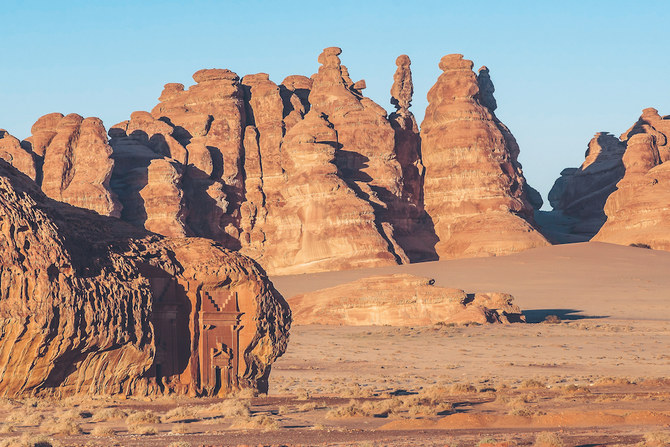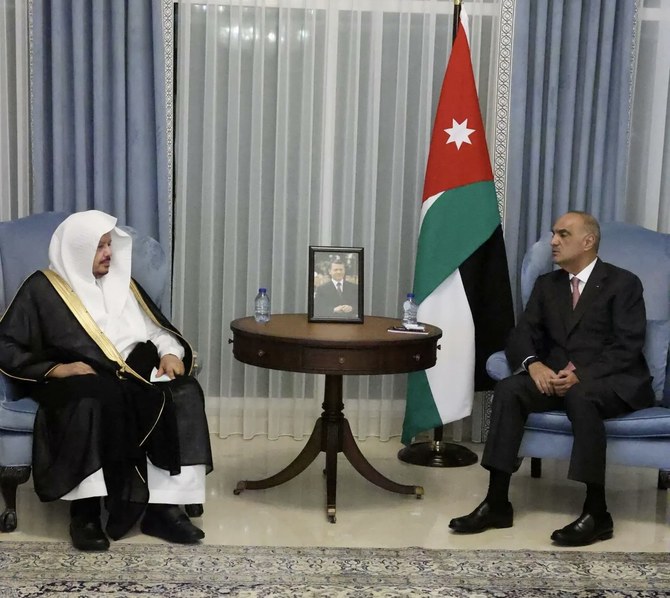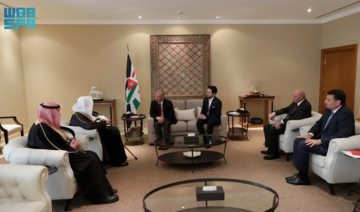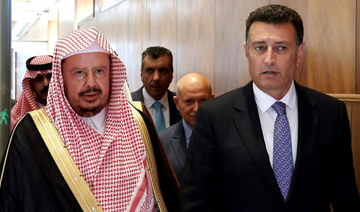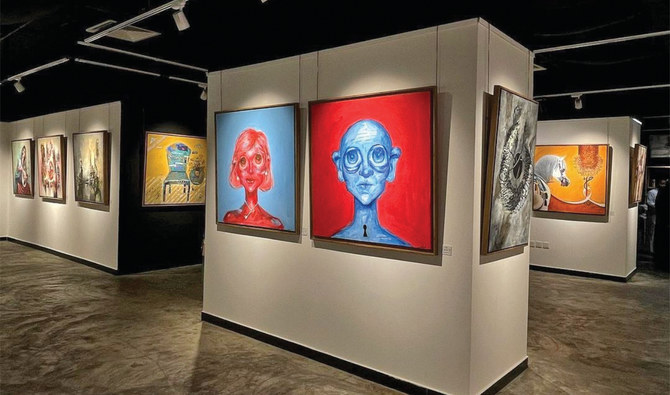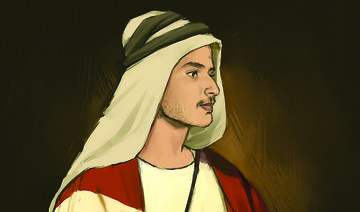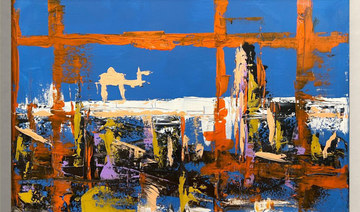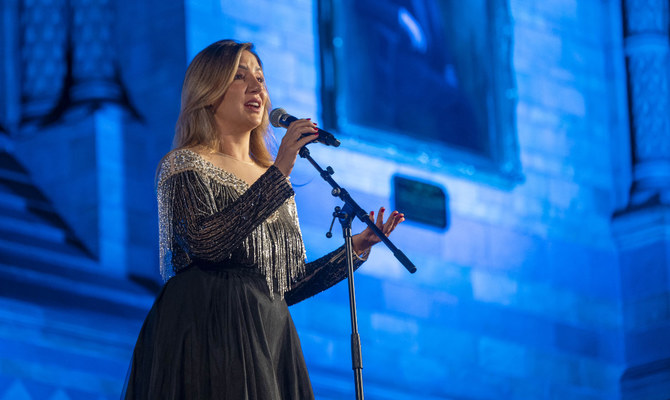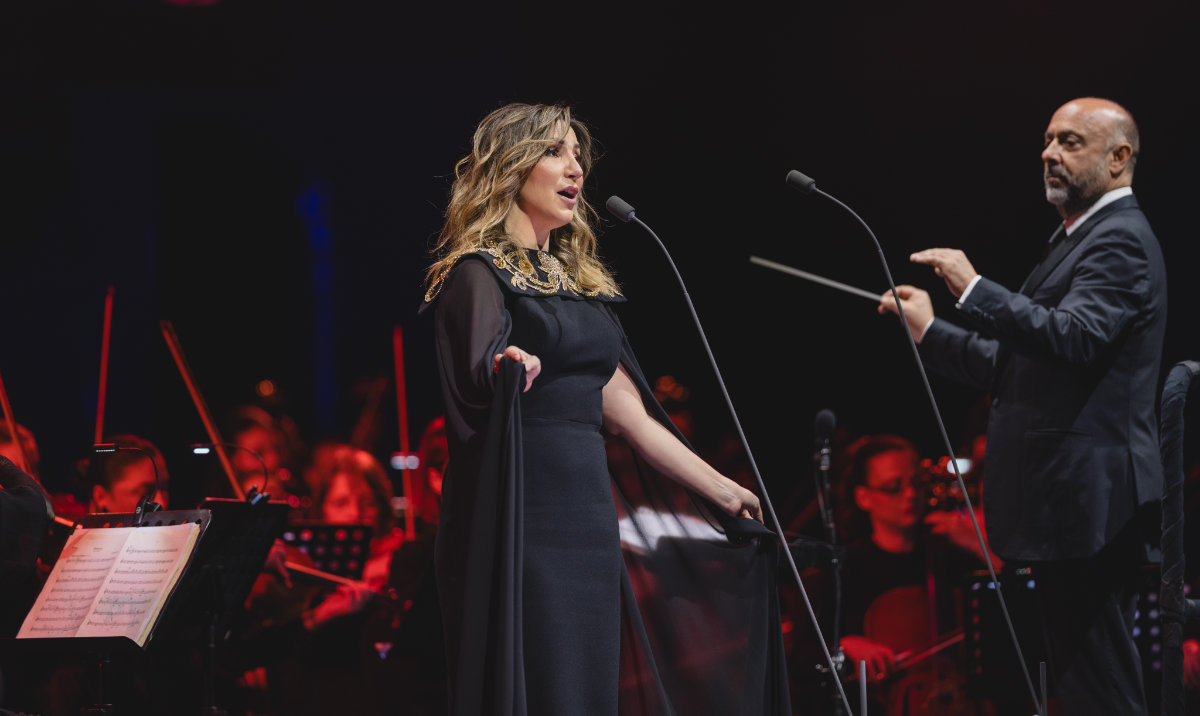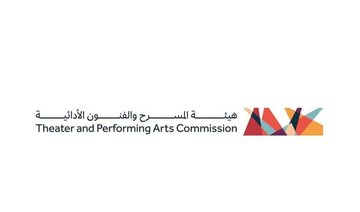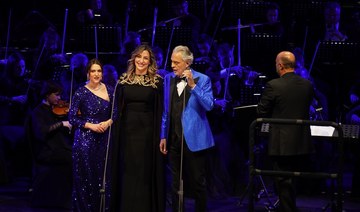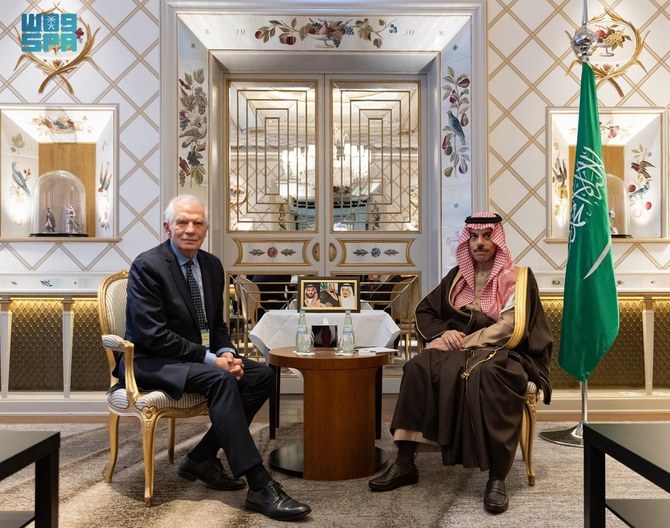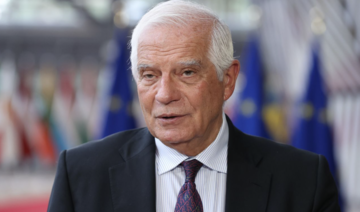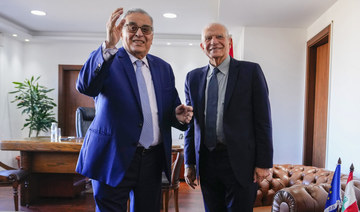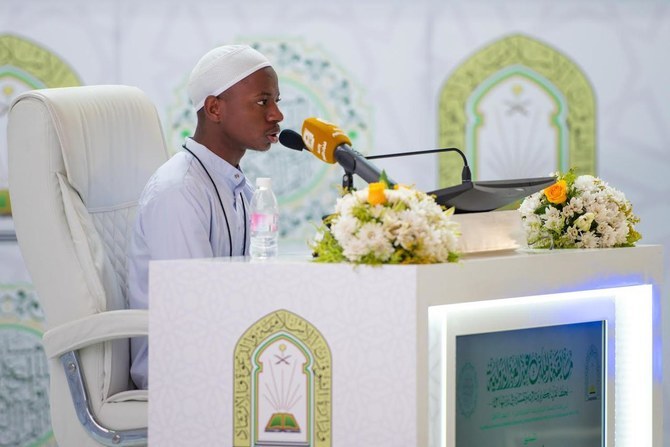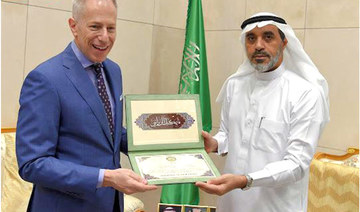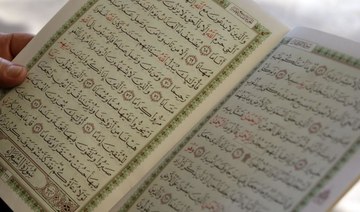PARIS: This month sees the inauguration of an immersive and research-driven exhibition showcasing one of Saudi Arabia’s most significant historical and cultural locations, AlUla.
Running at the Institut du Monde Arabe (IMA) in Paris from October 9 to January 19, “AlUla: Wonder of Arabia” is the world’s first major exhibition dedicated to exploring the multilayered history and arresting scenery of the area.
Isolated in the desert of the Kingdom’s northwestern region, AlUla is an archaeological marvel — boasting golden sandstone canyons, colossal arches and rock formations — that has played host to numerous ancient civilizations, from the Neolithic to the Roman to the Ottoman, making it a significant cultural crossroads.

“A landscape composed of mountains, hills and rivers, adorned with colors that change from morning to evening, where calm, silence, tranquility and mystery are intertwined,” was how IMA’s president Jack Lang described this impressive setting — which is actually home to Saudi Arabia’s first UNESCO World Heritage site — in an official statement.
Although the exhibition’s organizers describe AlUla as an “oasis with 7,000 years of history,” it has only been in recent years that it was brought to world attention, thanks to strategic efforts supported by Saudi government officials. The Royal Commission for AlUla (RCU) was founded in 2017 with the aim — in collaboration with overseas partners — of preserving and protecting the area, and promoting AlUla to regional and international audiences.
One of RCU’s ultimate goals is to cultivate AlUla as “a world-class tourist destination.” Plans to boost tourism in the Kingdom have already been set in motion with the arrival of the groundbreaking news that the country will grant tourist visas to nationals of 49 countries.
Last year saw the launch of AlUla’s Winter at Tantora Festival, which hosted musical legends including Andrea Bocelli, Lang Lang, and Majida El-Roumi. Furthermore, the renowned French architect Jean Nouvel — who also designed the IMA back in the 1980s — plans to construct a bespoke resort called Sharaan, nestled in the rocks of AlUla, an architectural project that is scheduled for completion by 2023.

According to Saudi archeologist and professor Dr. Abdulrahman Alsuhaibani, who co-curated “AlUla: Wonder of Arabia,” the initial idea for the exhibition came last year. Seeing it finally come to fruition symbolizes a moment of pride but most importantly, an opportunity to enlighten audiences with a better understanding of the Kingdom’s storied archaeological history.
“For a long time, many foreigners have held a common and stereotypical view of Saudi Arabia as a country depending solely on petrol, which is not true,” the Sorbonne-educated Alsuhaibani told Arab News. “Our country has a historical depth of civilizations (to rival) those found in neighboring areas, whether it be Mesopotamia, Greater Syria or Egypt. What I hope to deliver through this exhibition is the true cultural identity of Saudi Arabia, as it deserves to be viewed.”
Our country has a historical depth of civilizations (to rival) those found in Mespotamia, Greater Syria or Egypt
Dr. Abdulrahman Alsuhaibani
A former King Saud University archeology student who dedicated his research to the influential Dadanite kingdom of AlUla, Alsuhaibani fondly recalls the first time he laid eyes on AlUla’s beauty, back in 2005.
“AlUla means everything to me,” he says. “My personal view is that it represents the past, present, and future. It leaves such a strong impression on you that it is easy to enter AlUla, but difficult to leave.”
Unfolding across two levels of the museum, the exhibition is divided into four sections, granting insight into the past and present of this little-known city. The first section looks into the fertile environment (due to the presence of an oasis) of AlUla, taking visitors through a vivid, multisensory experience.
“AlUla at the moment has many gardens and farms, and I was thinking to myself, ‘How can I transport the visitor to such an environment?’” explains Alsuhaibani. And so, the exhibition’s organizers brought AlUla to IMA, stimulating visitors’ senses of smell, sight, and hearing. Permeating throughout the space is the scent of a French-manufactured perfume, using ingredients of plants that commonly grow in AlUla, including figs, dates, pomegranates, and moringa.

“When I’m asked about what makes AlUla special, I always say it’s where nature meets history,” says Alsuhaibani. To prove this point, the exhibition’s curators brought along the well-known French photographer and environmentalist Yann Arthus-Bertrand — who has practiced aerial photography since the 1990s — to document AlUla’s varying sites in a private helicopter, a mission that was completed within a week, according to Alsuhaibani.
The results — detailed photographs and videos — are indeed eye-catching: Imagery of Hegra’s massive tombs with decorated facades built by the Nabateans, a nomadic tribe of Arabs who also, famously, established the ‘Rose City’ of Petra in Jordan, is shown alongside bird’s-eye-view videos.
The second and third parts of the exhibition showcase around 200 archeological objects extracted from excavations carried out collectively by the Saudi-French Commission and King Saud University at the Dadan, Qurh, and Hegra sites — 95 percent of which are being shown for the very first time. One can see delicate and ancient human and animal sculptures, larger-than-life-size statues, incense burners, plants, coins, inscribed rocks, textiles, old maps, and skeletal human remains.
A subsection of the show presents a selection of sandy toned, inscribed rocks (left behind by inhabitants, traders, and travellers), demonstrating the practice of numerous writing systems including ancient Aramaic, Dadanite, Latin, Greek, and Arabic.
All in all, such a wide array of objects indicates the long history of settlement and development in the region. “If we look at AlUla alone, it is exceptional because it has been inhabited for the past 200,000 years,” says Alsuhaibani. “There aren’t many places in the world that have had a continuous state of habitation like AlUla.”
Acting as a conclusion of sorts, the forth section offers glimpses of life in AlUla today. The area — which is roughly the size of Belgium — is currently home to 643,000 inhabitants. Visitors are able to ‘meet’ AlUla residents of all social classes, ages and professions through interview-style videos, in which the subjects discuss elements of their day-to-day lives.
“It all boils down to the people of AlUla. They are the custodians, who were able protect their beautiful city and heritage,” says Alsuhaibani. “And now they are preparing themselves to welcome visitors and tourists in the future.”





